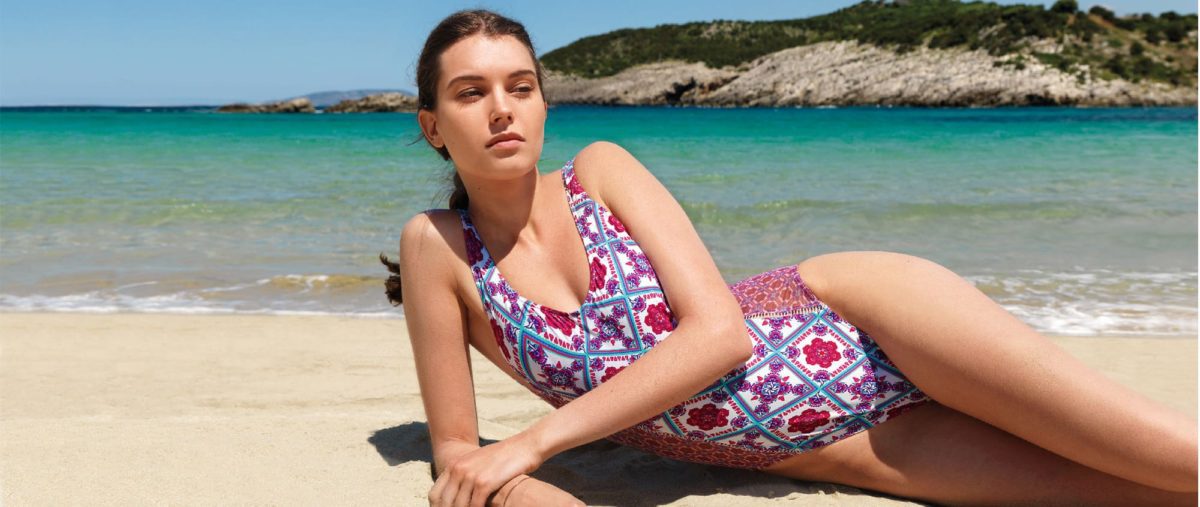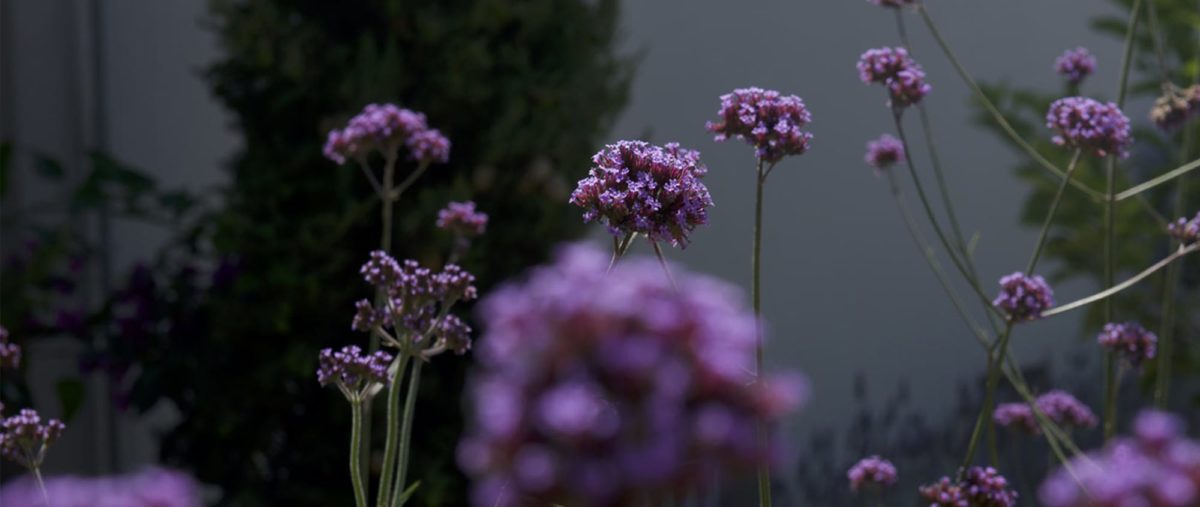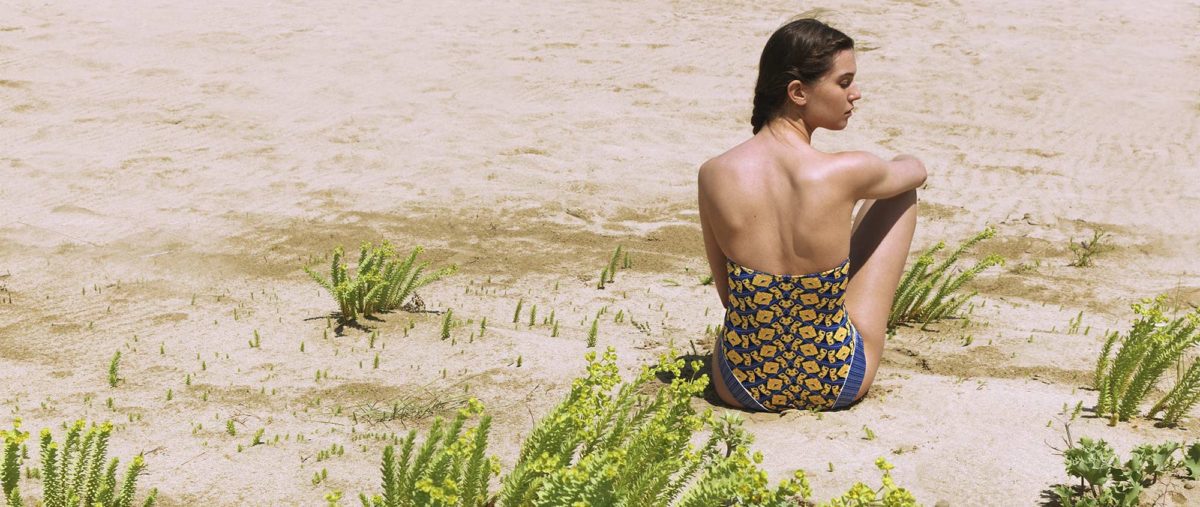Q & A with founder – Anna Paola
I love it here. It might not be the best place to sell swimwear, but it is the best place for design inspiration, for museums and libraries in which to research ideas, and for hanging out with very cool people.
You have a distinctly international accent…
My dad is Greek, my mother Mexican-American. I grew up in Greece but I didn’t have the whole ‘Greek experience’, because I didn’t have a Greek mother. At home we spoke English and ate Mexican food. I went to an international school and we travelled a lot. I’ve been in London since moving here for university and I love it because it’s so multicultural and international. Everyone is here.
Buying a bikini can be a traumatic experience for women. How do you make it more bearable—even enjoyable—for them?
Well for a start, at Paolita I always ensure there’s some heat blasting out, so customers are comfortable changing. I also, as soon as a customer walks in, emphasise that you don’t have to choose the same tops and bottoms. You might have a lot of support on top and a skimpy bikini bottom; you might want to cover up more on bottom, and have a triangular bikini top; you might prefer a one piece, but it shouldn’t be a nightmare.
Well for a start, at Paolita I always ensure there’s some heat blasting out, so customers are comfortable changing. I also, as soon as a customer walks in, emphasise that you don’t have to choose the same tops and bottoms. You might have a lot of support on top and a skimpy bikini bottom; you might want to cover up more on bottom, and have a triangular bikini top; you might prefer a one piece, but it shouldn’t be a nightmare.
London doesn’t—judging by the usual weather conditions—strike us as one of the best places to open a dedicated swimwear shop. Why did you choose to base yourself here?
I love it here. It might not be the best place to sell swimwear, but it is the best place for design inspiration, for museums and libraries in which to research ideas, and for hanging out with very cool people. Besides, great beaches are only three hours away. Italy, Morocco, France, Tunisia, they are at your fingertips, and people in London go on holiday a lot. It was by chance we were asked to do a pop-up here in Marylebone in 2011, but we loved it so much that we stayed.
Where do you find inspiration for a new swimwear collection?
There is no one spark for a collection, but I do try to spend at least one day a week in an inspiring place: palaces, museums, galleries. Over the course of a year, one of them usually stands out. For this collection, for example, I was inspired by Mexico; where the cultures of three continents have collided to create the unique Mexico of today.
Then, having had that idea, I did a lot of research around it, looking at books, articles, other exhibitions. Eventually I drew up two mood boards: one for textiles, one for pattern design, before getting samples printed, colour-matched and tested for fit.
Any favourites from previous collections?
I loved the Black Nile collection: there was a one-piece called Cleopatra which sold out completely. I still wear mine now. And the Opium collection, which was inspired by the bright greens and purples of opium dens. I have some customers who collect pieces from each collection I’ve done, which is such an honour. Each collection is new and unique and the pieces are well made, so they will last many years provided they are well looked after.
What does that entail?
It’s not rocket science. Don’t wash them with detergent every day—no item of clothing will survive that—just rinse them in cold water. Don’t wring or tumble dry them, and don’t sit in a jacuzzi in them, because it’s like boiling them in a vat full of chemicals.
How did you go about becoming a designer?
I studied fashion design, in Milan for two years and then London for another two. Milan was great, but I definitely preferred London. There’s more diversity, more of a sense of the world. Milan was far more conservative, even in the way fashion was taught, and being from a very international background I get culture shock—not when there are many cultures, but when the culture of a place is very present and defined.
What made you choose swimwear as a channel?
Partly, I like the challenge of taking something small and generic, like a costume, and giving it an identity—a bit like Starbucks has done with coffee. It was just coffee, right? But they gave it an identity. They made it cool. Before I started Paolita, I worked at McQueen and Hussein Chalayan and I used to love watching the brand managers. I was fascinated by what made a ‘label’. But what struck me was that most people see swimwear as a bit of a sideline, because in bigger labels that’s how it’s presented. I was interested in taking swimwear, evolving it and making it into a fashion item.
How did your upbringing shape your aesthetic?
My parents were orthodontists, but my dad loved contemporary art and spent as much time in art galleries and exhibitions as possible. We were always travelling, so I was exposed to many different cultures of food, religion and clothing from a young age. In fact, until I was 18 I didn’t know what fashion was.
I dressed really weirdly as a teenager; I’d go to the markets in Athens to find things that were totally obscure. I’d wear my grandmother’s dresses from the 50s, my mother’s clothes from the 60s and mish mash them together. I even made my own clothes sometimes: I learnt how to crochet, so I made a crochet crop top when I was 12 years old, and I made my own silver trousers. It wasn’t that I was obsessed with image, I just liked dressing according to how I felt that day, so if I felt like Elton John—and sometimes I did—I’d put on my tinted glasses and sequined jacket and out I would go.
Does designing a bikini present distinct challenges?
It is the same theory as contour design for underwear, in that you are designing for the silhouette of the female body, so the sizing is quite complex. On top of that there are a lot of technical aspects. I am lucky to have a whole technical team to help me with finding enough sizes and styles to cater for everyone, and finding the right fabric so that it doesn’t stretch or distort when it is on the body. That doesn’t happen when you are designing something like a shirt, but with swimwear you have to bear it in mind all the time.
How hands-on are you with manufacturers?
I am very hands on. I feel it is an ethical responsibility to make sure my products are made correctly, in places with good working conditions, and I visit everywhere that works for me regularly: Cornwall and Italy where the patterns are printed, and Romania where the products are made. I don’t make a song and dance about it, because I just feel it should be de facto among fashion designers, but I know many companies fall short.


